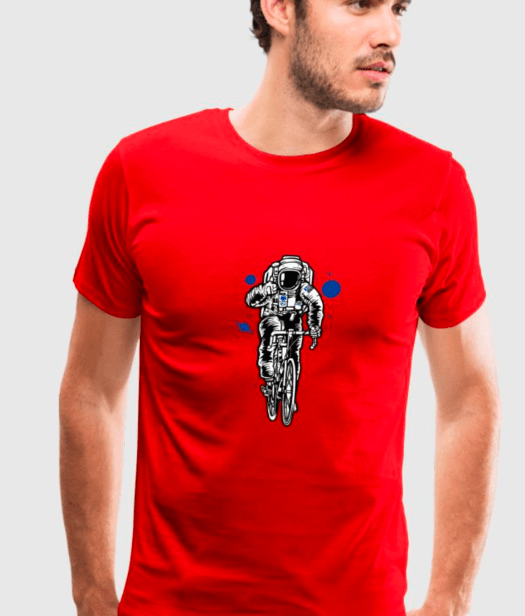To give balance to the last post (which was about the challenges facing cyclists in Kampala), this post focuses on some of the more positive aspects fo cycling in Kampala: its burgeoning local MTB scene.
This is a great story to share for a number of reasons.
It shows the increasing popularity of cycling in general, as well as the diversity in riding styles and codes.
It also serves to remind us that ‘Africa’ is not one single homogenous entity; that each region, country and city in Africa has its own unique culture, interests, practices and lifestyle differences, while also showing how multidimensional cycling is in Kampala.
Unsurprisingly, juxtaposed with some seriously dangerous areas for cyclists in Kampala, there are also equally amazing places to ride.
And finally, it is awesome to see strong support for more female riders.

Mountain biking is not usually the first thing most western people would associate with Kampala.
Nevertheless, it is becoming increasingly popular in the area, mainly due to the efforts of (the seemingly inexhaustible) Kampala Cycling Club.
Kampala Cycling Club
I really like the Kampala Cycling Club’s approach.
The KCC claim that bike messagers are “the fastest couriers in Africa” and offer a full day Kampala Experience for tourists.
As a club, they are proactive, inclusive and forward-thinking.
For example, here is their training schedule:

I really like their rules for joining the club (take heed other clubs!).

Kampala Cycling Club
The Kampala Cycling Club has been involved in a range of events have that have significantly raised the profile and participation of cycling.
Two such events are…
1. Tour de Feminine
This year, from 24-26th January, was the first ever “Tour de Feminine”.
This tour was formatted so that females could participate in either a competitive and recreation capacity.
To date, there is not much information about this event. I could only find a few registration details and a few photos on the Kampala Cycling Club Facebook page (see below).
Despite being a small ride (well it is the first time!), I was still keen to find out more and see what the event format, experience and outcomes were.
So I contacted the organisers – and hope to get more details soon.
I will keep you posted!

2. Red Dirt MTB Festival
The Red Dirt Mountainbike Festival was held on May 4th, 5th and 6th 2018.
The event FB page states “Uganda has so much to offer for the off-road cyclists. There are a zillion unexplored virgin singletracks in unique locations surrounded by beautiful nature and wildlife. We think it’s the best-kept secret and the closest thing to heaven for the outdoor athlete.
This awesome weekend will be stuffed with bicycle-related activities and other outdoor events for both young and old, fit or unfit, beginner or expert, national or international. Activities that will be organized are: nightrides, mountain bike clinics, mechanical workshops, family rides, BBQ, quiz night, movies, bonfires.
However, our biggest event will be organized on Sunday and will be an official MTB race in collaboration with Uganda Cycling Association.
This all will take place just a 15-minute boat ride away from busy Kampala, right in the middle of nature where the air is till fresh and the grass still green.”
The Red Dirt Facebook page has more details and info.
Prize money was awarded to both women’s and men’s podiums:
- 1st – 300.000 SHX
- 2nd – 150.000 SHX
- 3rd – 50.000 SHX
It looked like they had a great turn out – and a great time!!
Yesterday a highlight recap video was released (see below).

I love that MTB and cycling are so universal.
Congratulations to all the organisers, supporters, riders and locals who made these (and many others we have yet to hear about) happen.
It makes me very happy to know that these kind of events are happening and that they are increasing in popularity and participation.
Great work all!
Images from Kampala Cycling Club Facebook Page, Red Dirt Mountainbike Festival and Shotz By My.
































































